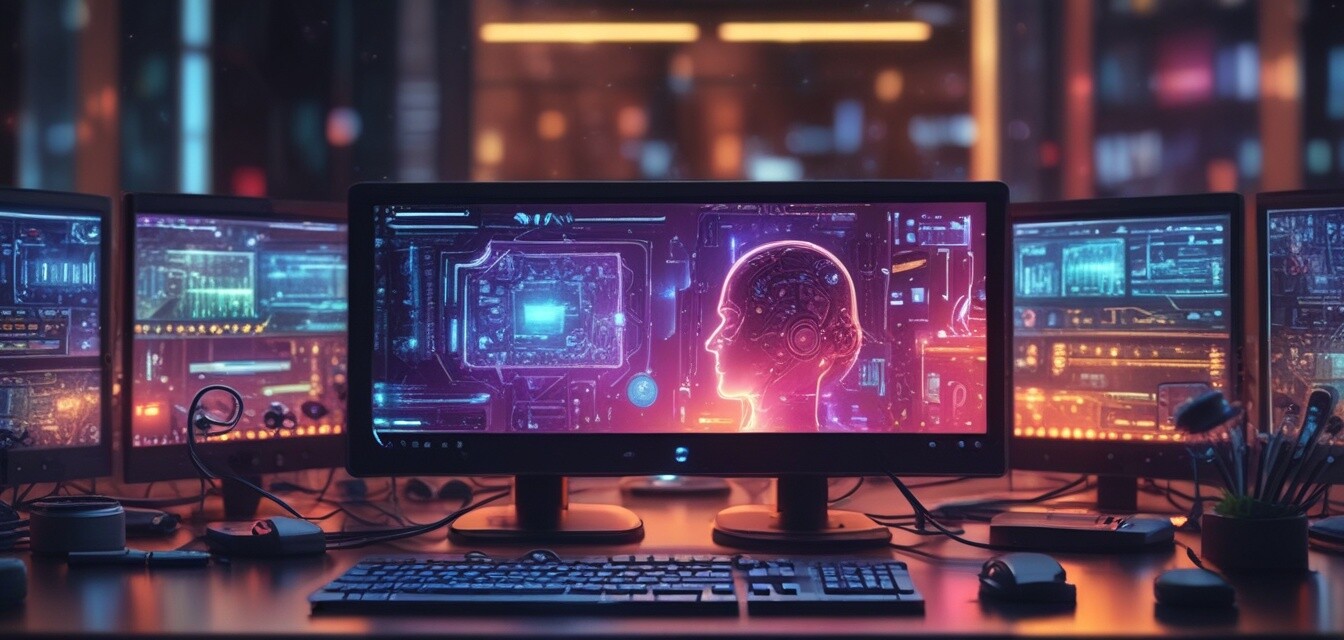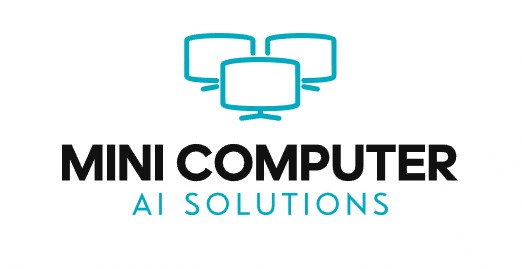
The Rise of Mini AI Computers in 2025
Key Takeaways
- Mini AI computers have seen significant advancements in performance and design by 2025.
- The demand for compact computing solutions continues to rise in various sectors.
- Emerging trends indicate increased integration of AI capabilities across all devices.
- Market projections reveal a growing user base adopting mini AI computers for both personal and professional use.
- Understanding the market landscape can help consumers make informed buying decisions.
The world of technology is ever-evolving, and as we step into 2025, the influence of mini AI computers is more palpable than ever. These compact powerhouses are revolutionizing the tech landscape, providing efficient solutions for both personal and professional users. This article explores how mini AI computers are shaping the industry, the advancements they've made, market demand, and future trends that define the emerging world of compact computing.
Advancements in Mini AI Computers
Mini AI computers have undergone remarkable transformations in terms of performance and versatility. Let's delve deeper into what makes these devices cutting-edge:
| Feature | Details |
|---|---|
| Processing Power | Advanced AI chips enable processing speeds that rival larger counterparts. |
| Energy Efficiency | Reduced power consumption helps in lowering operational costs. |
| Compact Design | Space-saving designs make them suitable for diverse environments. |
| Versatility | These devices cater to various applications from gaming to data analysis. |
The Growing Market Demand
The increasing reliance on technology means that more users and businesses are seeking robust yet compact computing solutions. Factors contributing to the surge in demand for mini AI computers include:
- Space limitations in home offices and workspaces.
- Technological advancements that allow for powerful components in smaller packages.
- The rising enthusiasm for AI-driven applications across different industries.
- Cost-effectiveness of mini computers compared to traditional desktops.
Market Statistics
According to recent market analysis, the mini AI computer segment is projected to grow exponentially. Consider the following statistics:
| Year | Market Growth (%) | Adoption Rate (%) |
|---|---|---|
| 2022 | 20% | 5% |
| 2023 | 35% | 10% |
| 2024 | 50% | 25% |
| 2025 | 70% | 40% |
Future Trends to Watch
The mini AI computers industry is expected to follow several promising trends in the near future, shaping the technology landscape.
- Integration with IoT: Connecting with smart home devices and platforms.
- Enhanced AI Capabilities: Implementing deep learning algorithms for better performance.
- Geographic Expansion: Increased availability in emerging markets.
- Focus on Sustainability: Development of eco-friendly components.
Conclusion
The landscape of mini AI computers in 2025 is filled with promise. As technology continues to advance, these compact devices will undoubtedly play a central role in making computing accessible, efficient, and adaptable. To find the best products in mini AI computers and expand your knowledge on the subject, check our Buying Guides section.
Pros
- Compact size and increased portability.
- High efficiency with low energy consumption.
- Versatile applications across various fields of work and play.
- Affordable alternatives to traditional desktops.
Cons
- Limited upgrade options and components compared to larger desktops.
- Potential overheating due to compact housing.
- May not support high-end gaming requirements.
For more information on specific types of mini AI computers, explore our other categories like AI Graphics Accelerators, AI-powered Notebooks, and Compact AI Servers.
